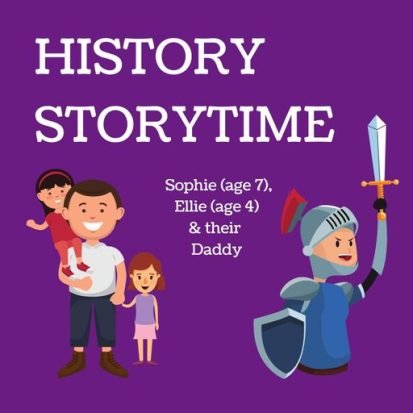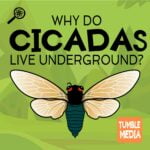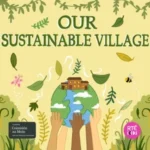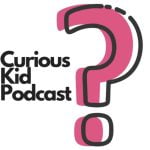
The Paleolithic Stone Age: Cavemen and Woolly Mammoths
Leave a reviewSophie (age 7) and Ellie (age 5) tell of the start of the Stone Age. Neanderthals, Woolly Mammoths and Sabre Tooth tigers roam the world for millions of years. But a new breed of humans, Homo Sapiens, comes out of Africa. Within a few tens of thousands of years they are the only human species left.—-more—-We learn how early humans lived. We discover the Stone Age tools they use. We explore how to craft flint into useful tools like axes and even finer tools. We discover the food that Stone Age people ate. We explain different ways to light a fire. We learn that their diet and lifestyle was surprisingly healthy. We tell of the Stone Age Hunter Gatherer lifestyle and what it meant. We tell of their nomadic ways. We learn of the beautiful cave paintings that were made. We also have a proper look at the way in which early humans interacted with the famous Woolly mammoth.We explore the impact that geography had. Firstly we learn about the Ice Age and its implications. Then we explore how the land masses were different then to now and how this facilitated migration.We put the period in the context. Firstly we learn what makes the Stone Age different to the Bronze Age and the Iron Age. Then we learn what the relationship is between an Ice Age and the Stone Age. We explain how there are different periods of the Stone Age which sets up next week’s episode on the Mesolithic period.This is the first of three episodes on the Stone Age, The next episode will focus on the Mesolithic period and explore the impact of the end of the Ice Age, how stone age people started to keep dogs and look at Cheddar Man. The final episode will look at the Neolithic period and show how humans settled down in places like Skara Brae and built monuments like Stone Henge.This series of episodes is especially helpful for children studying Key Stage 2 / KS2 in English schools.
© History Storytime | 00:09:16
|
Full episode description
 Episode One: The Slave Trade
Episode One: The Slave Trade
This is an Episodic show. You can listen to it in any order, but episode one is always a great place to start.Full Episode description
Sophie (age 7) and Ellie (age 5) tell of the start of the Stone Age. Neanderthals, Woolly Mammoths and Sabre Tooth tigers roam the world for millions of years. But a new breed of humans, Homo Sapiens, comes out of Africa. Within a few tens of thousands of years they are the only human species left.—-more—-
We learn how early humans lived. We discover the Stone Age tools they use. We explore how to craft flint into useful tools like axes and even finer tools. We discover the food that Stone Age people ate. We explain different ways to light a fire. We learn that their diet and lifestyle was surprisingly healthy. We tell of the Stone Age Hunter Gatherer lifestyle and what it meant. We tell of their nomadic ways. We learn of the beautiful cave paintings that were made. We also have a proper look at the way in which early humans interacted with the famous Woolly mammoth.
We explore the impact that geography had. Firstly we learn about the Ice Age and its implications. Then we explore how the land masses were different then to now and how this facilitated migration.
We put the period in the context. Firstly we learn what makes the Stone Age different to the Bronze Age and the Iron Age. Then we learn what the relationship is between an Ice Age and the Stone Age. We explain how there are different periods of the Stone Age which sets up next week’s episode on the Mesolithic period.
This is the first of three episodes on the Stone Age, The next episode will focus on the Mesolithic period and explore the impact of the end of the Ice Age, how stone age people started to keep dogs and look at Cheddar Man. The final episode will look at the Neolithic period and show how humans settled down in places like Skara Brae and built monuments like Stone Henge.
This series of episodes is especially helpful for children studying Key Stage 2 / KS2 in English schools.
© History Storytimebop| Status: Inactive, 34 episodes | Kind: Episodic | Episode URL
The content, Artwork and advertising within this podcast is not owned or affiliated with Sound Carrot and remain the property of their respective owners.








